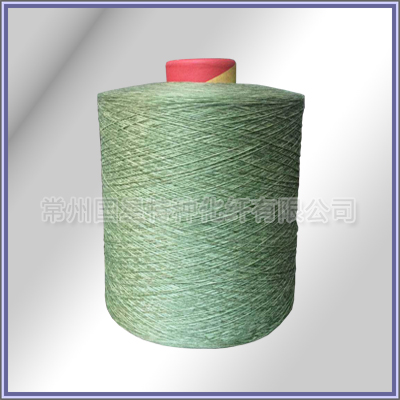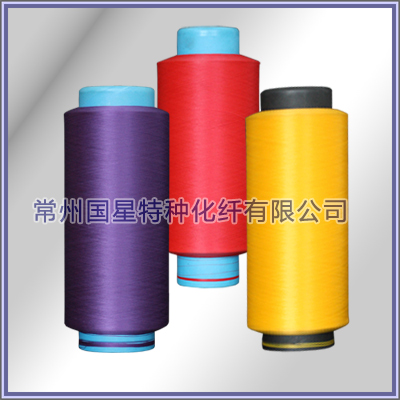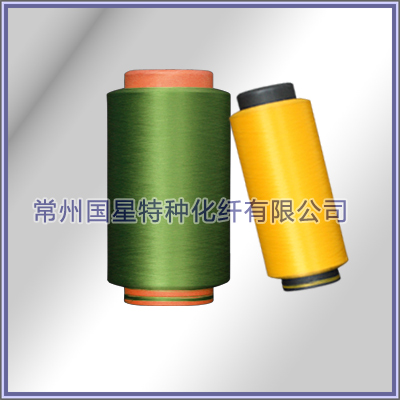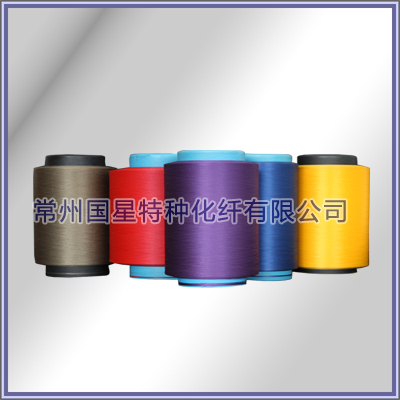Some time ago, the Ministry of Industry and Information Technology issued 5G commercial licenses to China Telecom, China Mobile, China Unicom and China Radio and Television. China's 5G commercialization process will be greatly advanced, and this year is expected to become China's 5G first year.
The 5G era is about to come, detonating people's reverie of future changes. 5G applications have become a hot topic, such as 5GAR/VR, 5G car networking.
So, what changes can advanced 5G technology bring to manufacturing? I believe this is what many textile people are most eager to know. Today, I will share with you how the impact of 5G will affect the future textile industry.
1. What is 5G?
5G is the fifth-generation communication technology. Compared with 4G, 5G has the characteristics of ultra-high network speed, ultra-low latency and ultra-wide connection. It can be said that 5G is a revolutionary technology. The 5G network delay can be as low as 1 millisecond, which is much faster than the human body's stress response (such as automatic braking faster than human response, reducing the vertigo caused by current VR), so it can be widely used in the field of automatic control, such as Driverless, industrial control, remote operation and maintenance.
According to survey data, it is expected that by 2035, the industry that will increase productivity with 5G will create a global output value of 12 trillion US dollars, and 22 million jobs will be created directly or indirectly. Even Trump claims that 5G is a competition that cannot be lost. Ren Zhengfei said in an interview that Huawei's technology is leading the world for two to three years. This is not surprising why the United States has adopted various means to restrict Huawei.
2, textile industry + intelligent manufacturing +5G =?
Industry 4.0 is also known as the fourth industrial revolution, and a very important part of it is smart manufacturing. Intelligent manufacturing has become a global issue and a national strategic issue. Many countries have planned and deployed in the field of intelligent manufacturing, such as China's "Made in China 2025", Germany "Industry 4.0 Platform", and the US "Industrial Internet Program".
What is smart manufacturing?
In a broad sense, intelligent manufacturing is a general term for advanced manufacturing processes and systems and modes with functions such as information-aware acquisition, intelligent judgment and decision-making, and automatic execution. Specifically, smart manufacturing is reflected in the integration of various aspects of the manufacturing process with information technology, such as big data, cloud computing, artificial intelligence, and IoT.
In short, intelligent manufacturing has the following characteristics: the smart factory is the carrier, the intelligentization of key manufacturing links is the core, and the end-to-end data flow is based on the communication network. Achieve efficient and individualized production through a self-organizing flexible manufacturing system.
The manufacturing industry, especially the textile industry, plays a vital role at the national level and even in the entire human society. Therefore, the current textile industry is gradually introducing the technology of ��Industry 4.0��, which is developing in the direction of electrification, automation, digitization and intelligence.
Undoubtedly, the realization of 5G technology will play an important supporting role in the intelligent manufacturing fields such as Internet of Things, industrial automation control, logistics tracking, industrial AR, and cloud robots. Therefore, the future textile industry will launch an unprecedented intellectual revolution through the combination of 5G technology and intelligent manufacturing.
Change one: informationization and dataization between devices
Through the Internet of Things, all the equipment is connected together, and various indicators are monitored in real time in the spinning process. Based on powerful database and artificial intelligence algorithms, the yarns are quickly reacted to abnormal indexes and the production efficiency is greatly improved.
Change 2: Popularization of industrial robots
The Internet of Things connects the processors and sensors on the production site so that the robots can communicate with each other and communicate with each other. The work of machines and people will no longer be strictly divided. The future manufacturing system integrates people and machines.
It is conceivable that in the future 5G factory, there will be a methodical robot running through the textile machine. The pictures that appear in this movie may not be far away from us.
Change three: remote maintenance of equipment
Based on 5G technology and robots, remote maintenance of equipment can be achieved. Utilizing the 5G low-latency feature and AR technology, engineers can remotely operate the robot to maintain the equipment, greatly reducing maintenance time and labor costs.
Change 4: Interaction and coordination between robots and equipment
In the future, 5G will realize the unprecedented interaction and coordination between industrial robots and industrial robots and machines in the intelligent manufacturing process. In the flexible manufacturing mode, 5G will meet the high requirements of industrial robots for flexible mobility and differentiated business processing.
With the introduction of intelligent manufacturing scenarios, the demand for wireless communication networks in the textile industry has emerged, and 5G networks can provide diverse and high-quality communication guarantees for highly modular and flexible production systems. Compared with traditional wireless networks, 5G networks are prominent in low-latency, high-density mass connection of factory applications, reliability, and network mobility management. They are key enablers of traditional textile industry to achieve intelligent manufacturing.

 +86-519-86266888
+86-519-86266888 gxhx888@126.com
gxhx888@126.com



